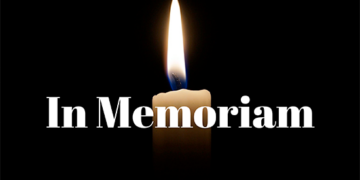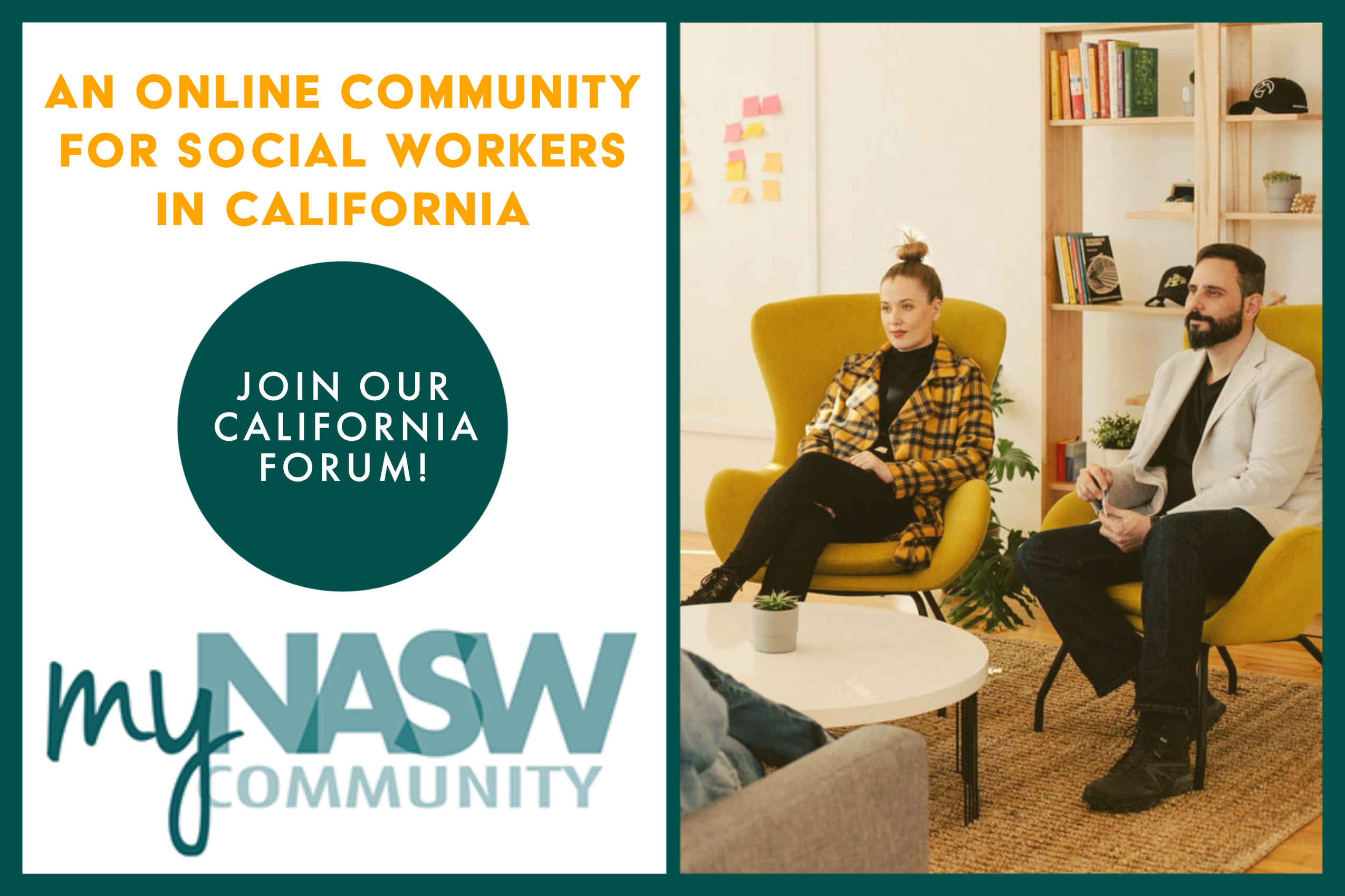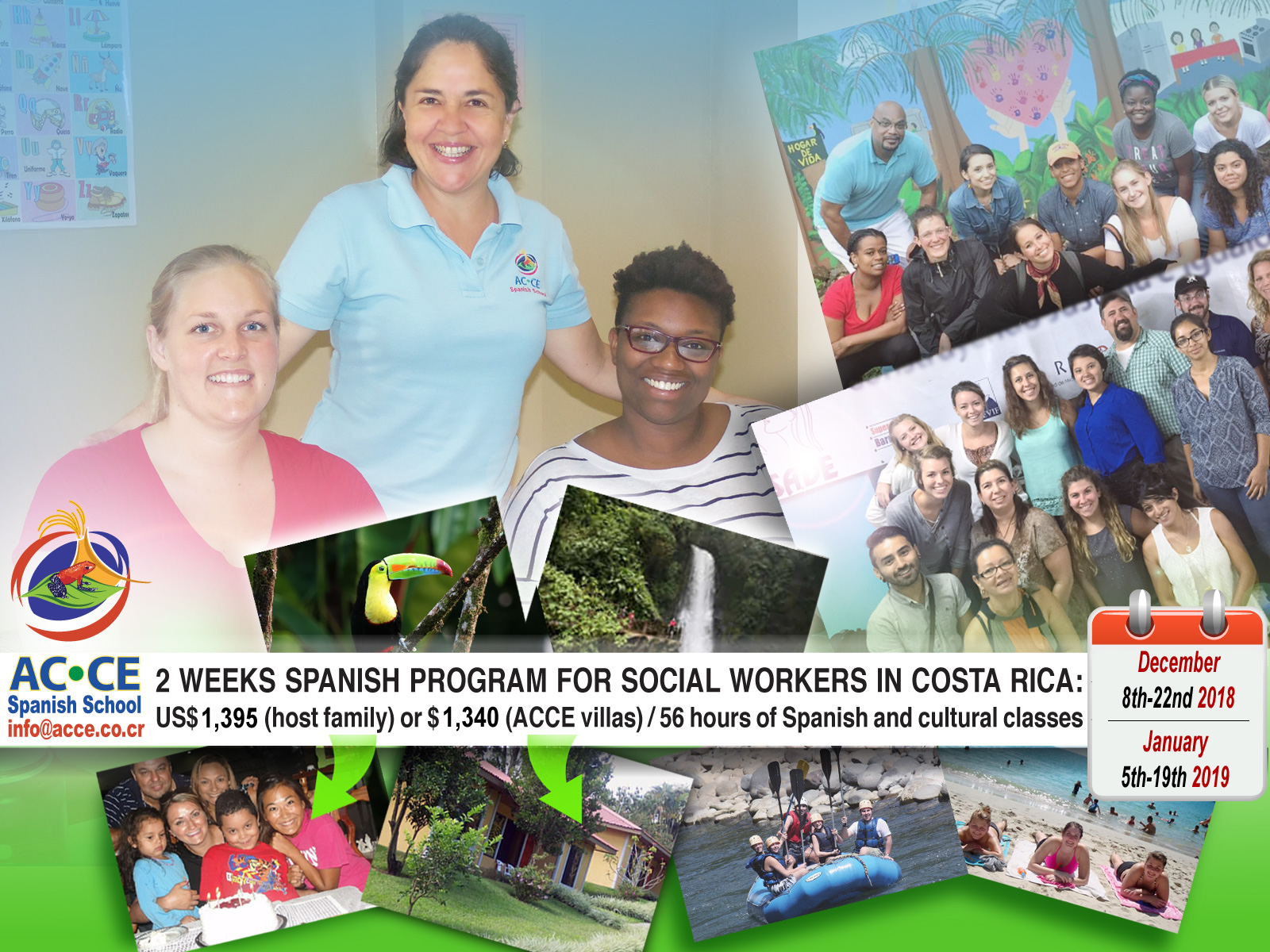By Ronnie Swartz, Ph.D., Chair, Department of Social Work, Humboldt State University (left) and David Bassett, Ph.D., Director, School of Social Work, Chico State University.
Where does learning take place? Answers to this question generate forms of education, its technologies and methodologies. If we believe that learning takes place when learners gather around the teacher, than we will develop contexts that center the teacher and create physical space for the learners to observe and, perhaps, interact with the teacher. Whether it’s a central square in Athens, a wallpapered lounge in New Haven, or a cinder-block classroom in Northern California, this has been the method for higher education in Western European culture for a very long time. The age of modernity provided technologies of knowledge/power that have made significant contributions toward institutionalizing the educational process.
We believe that learning is distributed across multiple contexts of people’s lives. While learning may very well occur in the classroom, learning also takes place in people’s family, peer, work, community, and self-reflective lives. Post-modern education looks mighty different than lectures delivered from imposing structures at traditional colleges and universities.
How many students use email? How many students have a cellphone? How many students go online at least one time per day? New technologies present us with an opportunity to re-think education as a process and re-think the architecture of learning environments. This isn’t to suggest a narrative of progress or educational evolution (Gergen, 2000) nor is this a de-valuing of traditional higher education structures. Rather, distributed learning is a response to the grounded experiences and activities of interconnected learners.
Relationships are not formed because of real-time, face to face, corporeal contact between people. Relationships are formed out of common and shared meaning-making. We can make meaning with people synchronously or asynchronously, face to face or online. If learning is conceived as an outcome of social interaction, relationship, and construction, then a physical campus is not required. Instead, multiple vehicles for interaction — or opportunities to make shared meaning — are required (e.g., student to instructor, instructor to student, student to student, student to community, students with family members, students with colleagues, etc.).
Learning that builds on synchronous and asynchronous social relations as well as multi-modal interaction with information is not limited to a university campus and utilizes very few mechanisms of traditional power, such as awe-inspiring edifices and ceremonial pomp (White, 2002). Distributed learning emerges from the use of university learning management systems, video-conferencing tools, cellphones, hand-held video cameras, social work case management systems, and other electronic and/or networked tools along with values, skills, and knowledges in family, work, and community contexts.
Distributed learning is interactive, locally based, networked, student-centered, and, yes, online. But “distributed education” is not “online education.” “Online” education is only a part of “Distributed Learning.” It is a thin description. It is a shorthand for communicating a central feature of the educational model, much like a diagnosis is a heuristic for describing much more complicated and rich stories.
In the end, distributed education is a disruptive innovation. The models and strategies simply cannot be compared to a face to face environment. While not everyone will avail themselves of it, the opportunity for further education is now at least a possibility for all. Distributed learning brings education to people so they can strengthen their own communities without needing to leave their communities, jobs and families.
Humboldt State University (HSU) and California State University, Chico (CSUC) serve the “North State” region. This service area includes small cities and towns with large sparsely populated areas that are often inaccessible due to snow, hills, mud and poor infrastructure. The region covers an area larger than the majority of states (56,796 square miles) and struggles with substantial unmet health and human services needs.
CSUC covers 12 northeastern California counties (Butte, Colusa, Glenn, Lassen, Modoc, Plumas, Shasta, Siskiyou, Tehama, Lake, Sierra and Nevada). HSU covers four northwestern counties (Del Norte, Trinity, Humboldt and Mendocino). The two universities are located more than 200 miles apart and separated by two elevated mountain passes that are often closed in winter and spring months. Seven community colleges serve the needs of its rural residents: the College of the Siskiyous in Weed and Yreka, and other publicly funded colleges (i.e., College of the Redwoods, Lassen, Butte, Shasta, Sierra and Mendocino) with multiple sites. Yuba Community College is not within our service region, though it has a satellite campus in Lake County. While the community colleges are geographically disbursed, distances, weather and road conditions result in many communities within the region not having access to two- or four-year public post-secondary education.
In 2009, CSUC and HSU conducted a public health/social services workforce study of the 16 counties, tribal organizations and Rancherias in their service areas. Public mental health and social services staffs were surveyed along with tribal social services and mental health consumers and family members. The workforce survey was in response to concern expressed by mental health and child welfare directors in the region about their inability to recruit and retain degreed staff in mental health, child welfare and social services. The study found that there was widespread support on the part of agency leadership and strong interest on the part of staff members in a means for local staff to attain BSW and MSW degrees.
County and tribal human service directors report that hiring local residents for human services positions tends to result in greater work satisfaction and higher retention, while they also seem to be in tune with local cultures when compared to employees that are recruited from outside the region. This is especially important in indigenous communities where cultural competence is critical to effective service delivery. Thus, HSU and CSUC collaborated with the California Social Work Education Center to develop to develop a BSW Regional Distance Education Pathway Program for individuals wishing to attain a BSW degree offered via distributed (distance) education methods and involving collaboration between social work programs at CSUC and HSU. Subsequently, the universities collaborated with the Superior Region Workforce Education and Training Program to further develop distance education offerings at both the MSW and BSW level. The programs are fully accredited through the Council on Social Work Education (CSWE), which is recognized by the Council on Higher Education Accreditation as the sole accrediting agency for social work education in the United States (www.cswe.org/About.aspx).
The programs at their respective universities differ somewhat in how they are delivered. While HSU’s programs are almost fully online, the programs at CSUC require two or three weekends on campus every semester. Those interested in attending are encouraged to contact the programs for details.
References
Brown, P. & Kremling, T. (2009). Distance Education Feasibility Study: Child Welfare. California Social Work Education Center.
Brown, P., Jensen, D., Kremling, T., & Ray, M. (2009). Distance Education Feasibility Study: Mental Health. Superior Region Workforce, Education and Training Collaborative.
Gergen, K. (2000). The Saturated Self. New York: Basic Books.
Morris, T., Mathias, C., Swartz, R., Jones, C., & Klungtvet-Morano, M. (2014). The Pathway Program: How a Collaborative, Distributed Learning Program Showed Us the Future of Social Work Education. In Kurzman, P. & Maiden, R., ed. Distance Learning and Online Education in Social Work. New York: Routledge.
White, M. (2002). Responding to personal failure. The International Journal of Narrative Therapy and Community Work, 3.













